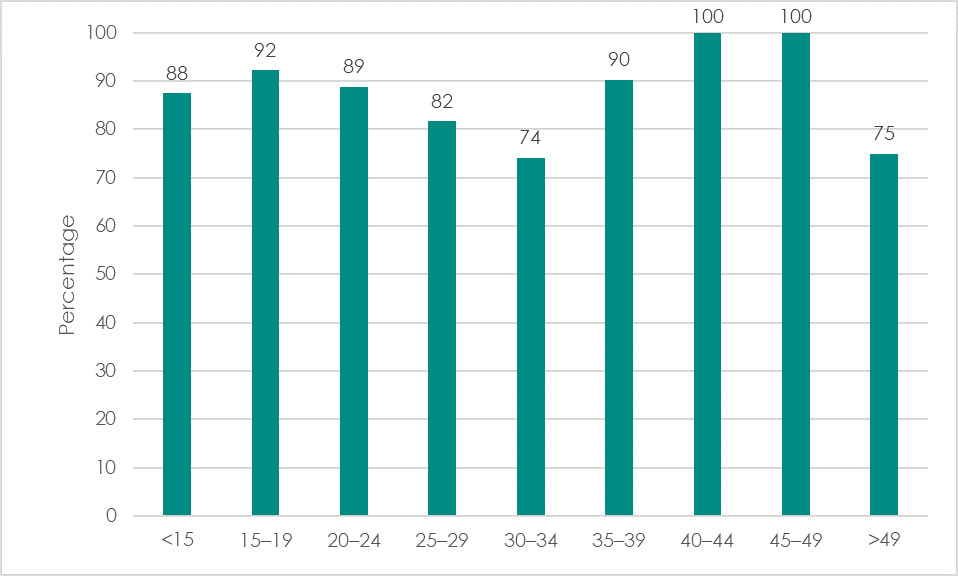ART Retention and an mHealth Initiative in Mozambique
Mobile phones and mHealth applications have helped community health workers (CHWs) track health needs of supported households, collect data, measure their own performance, improve communications with facility staff and supervisors, and perform required duties. This technology has also been shown to position CHWs as better consumers, and not just reporters, of data. Regular access to data that can be easily interpreted, along with effective communication strategies, can improve the support CHWs provide to HIV-positive patients in need of care. Several programs in Mozambique decided to supply CHWs with mobile phones loaded with the CommCare application with the goal of advancing the ART defaulter tracing process, reducing the time to bring ART defaulters back to treatment, and improving ART retention.
In 2012, the United States Agency for International Development (USAID)-funded Clinical HIV/AIDS Services Strengthening in Sofala, Manica, and Tete project; the Community Care Program in Mozambique; and Dimagi piloted the use of CommCare for CHWs, allowing them to trace HIV-positive clients who were lost to follow-up in one province. Before creation of the mobile version, CHWs were required to travel long distances to obtain the list of patients to follow up with (who had missed appointments or lab-test dates) and then return to the communities where they work to trace those patients and provide adherence counselling and referral to the facility. Health workers would then have to return to the facility to report the number of defaulters they were able to reach. To maximize CHW time, implementers adapted the mobile CommCare platform, allowing CHWs to receive defaulter details on their mobile phones, while working in the community, and trace identified patients in real time.
MEASURE Evaluation conducted a feasibility study of this mobile solution in 2013 and determined it to be a cost-saving, efficient, and effective method to trace patients who defaulted. Following the implementation of this model, 85 percent of defaulters returned to the health facility within a five-month period. The graph presents age-disaggregated results, to underscore the effectiveness of this strategy.
Percentage of defaulters searched for and returned to health facility (N=318)

Please click here to access the indicator definition for ART retention.












